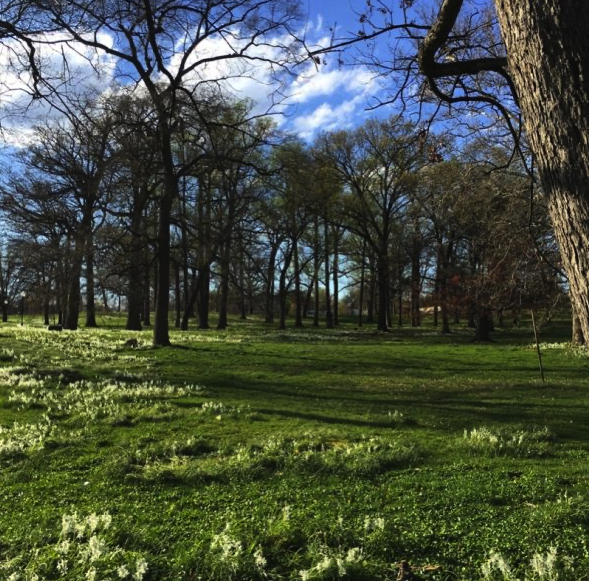City Know-hows

Target audience
Those responsible for managing green public space and parks, city government, directors of parks and recreation and green space advocates.
The problem
Current policy prioritizes time to walk to the park as a measure of access. We sought to investigate a more holistic model of park access that would promote equity.
What we did and why
We designed a survey tool based on a comprehensive theory of access. We then performed door to door administration of the survey in two historically disinvested communities bordering a large park in Baltimore City, Maryland USA, to determine factors associated with self-reported park use.
Our study’s contribution
We found that whilst time to walk to the park is an important metric, it is insufficient to describe the barriers to park use in urban communities.
Impacts for city policy and practice
Our finding shows that
Further information
Full research article:
Beyond proximity and towards equity: a multidimensional view of urban greenspace access by Daniel Hindman, Jessie Chien, Craig Pollack.
Related posts

Urban greening interventions have been shown to increase the climate resilience of our cities and improve the health outcomes of residents. How can we use open data to target these interventions more effectively and maximise the benefits of increased greening?

Stronger collaboration with inhabitants could ensure more attention on health in spatial plan development.

The epigenome may provide a necessary link to advance knowledge of the biological pathways underlying the urban environmental impact on cognitive impairment and neurodegenerative disease risk. Broadening understanding of these pathways will help fuel multi-sectoral collaboration with decision makers to advance urban environmental health for human cognitive benefit.